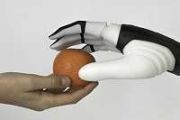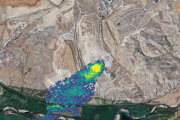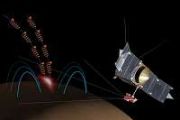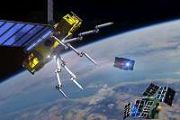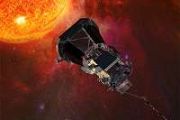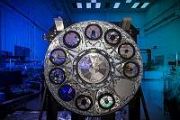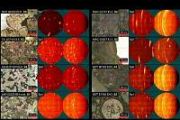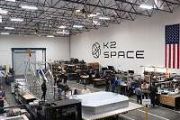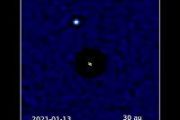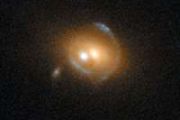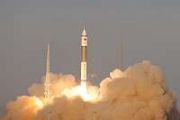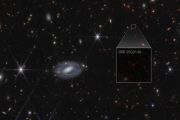
Copernical Team
Japan's new H3 rocket fails again, forced to self-destruct
 Japan's second attempt to launch its next-generation H3 rocket failed after liftoff on Tuesday, with the spacecraft forced to self-destruct after the command centre concluded the mission could not succeed.
The failure is a blow for Japan's space agency JAXA, which has billed the rocket as a flexible and cost-effective new flagship.
Its launch had already been delayed by several years, an
Japan's second attempt to launch its next-generation H3 rocket failed after liftoff on Tuesday, with the spacecraft forced to self-destruct after the command centre concluded the mission could not succeed.
The failure is a blow for Japan's space agency JAXA, which has billed the rocket as a flexible and cost-effective new flagship.
Its launch had already been delayed by several years, an Galileo, how you’ve grown
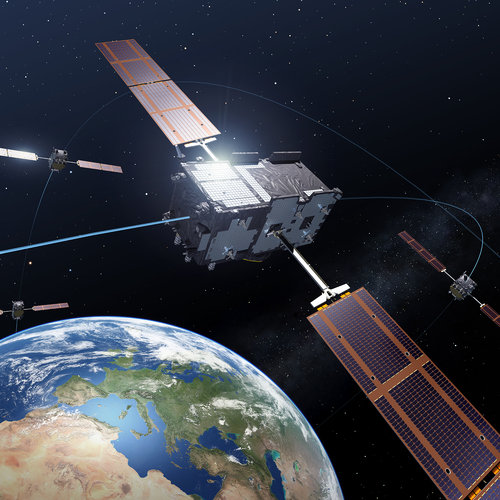
Today Galileo is the world’s most precise satellite navigation system, delivering metre-level accuracy, and if you are a modern smartphone owner then you – like nearly four billion others around the world – are among its users. This week we are celebrating that almost exactly a decade ago, on 12 March 2013, Europe for the first time ever was able to determine a position on the ground using only its own independent navigation system, Galileo.
Using a data cube to monitor forest loss in the Amazon
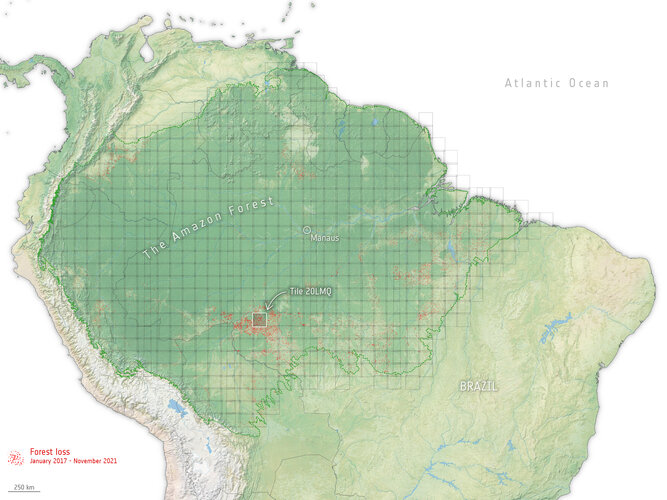
AST SpaceMobile Announces Teaming Agreement with Fairwinds Technologies
 AST SpaceMobile Inc. (NASDAQ: ASTS), the company building the first and only space-based cellular broadband network accessible directly by standard mobile phones, has announced a teaming agreement with Fairwinds Technologies LLC to explore potential opportunities to jointly market AST SpaceMobile's planned services and innovative satellite technologies to the military market.
Fairwinds dev
AST SpaceMobile Inc. (NASDAQ: ASTS), the company building the first and only space-based cellular broadband network accessible directly by standard mobile phones, has announced a teaming agreement with Fairwinds Technologies LLC to explore potential opportunities to jointly market AST SpaceMobile's planned services and innovative satellite technologies to the military market.
Fairwinds dev Radio interference from satellites is threatening astronomy but there are solutions
 Visible light is just one part of the electromagnetic spectrum that astronomers use to study the universe. The James Webb Space Telescope was built to see infrared light, other space telescopes capture X-ray images, and observatories like the Green Bank Telescope, the Very Large Array, the Atacama Large Millimeter Array and dozens of other observatories around the world work at radio wavelengths
Visible light is just one part of the electromagnetic spectrum that astronomers use to study the universe. The James Webb Space Telescope was built to see infrared light, other space telescopes capture X-ray images, and observatories like the Green Bank Telescope, the Very Large Array, the Atacama Large Millimeter Array and dozens of other observatories around the world work at radio wavelengths Globalstar to Deliver 5G Private Networks and Services Powered by Qualcomm 5G RAN Platforms
 Globalstar, Inc. (NYSE American: GSAT), a leading telecom infrastructure provider, has signed a strategic collaboration agreement with Qualcomm Technologies, Inc. involving a portfolio of 5G Private Network technologies, including Qualcomm FSM 5G RAN Platforms for small cells, as well as select Qualcomm Snapdragon Modem-RF Systems, supporting Rel 15/16, that will utilize Globalstar Band n53 terr
Globalstar, Inc. (NYSE American: GSAT), a leading telecom infrastructure provider, has signed a strategic collaboration agreement with Qualcomm Technologies, Inc. involving a portfolio of 5G Private Network technologies, including Qualcomm FSM 5G RAN Platforms for small cells, as well as select Qualcomm Snapdragon Modem-RF Systems, supporting Rel 15/16, that will utilize Globalstar Band n53 terr Astronomers detect radio recombination lines of carbon oxygen ions for first time
 A research team from the Shanghai Astronomical Observatory (SHAO) of the Chinese Academy of Sciences has detected radio recombination lines (RRLs) of ions heavier than helium for the first time, using the TianMa 65-m Radio Telescope (TMRT). These lines were assigned to carbon and/or oxygen ions.
Ionized gas is the most widely distributed interstellar gas component and an important laborato
A research team from the Shanghai Astronomical Observatory (SHAO) of the Chinese Academy of Sciences has detected radio recombination lines (RRLs) of ions heavier than helium for the first time, using the TianMa 65-m Radio Telescope (TMRT). These lines were assigned to carbon and/or oxygen ions.
Ionized gas is the most widely distributed interstellar gas component and an important laborato Solved: The Mystery of the Cloudy Filters
 There's a mystery happening in some satellites facing the Sun, and scientists from the National Institute of Standards and Technology (NIST) and the Laboratory for Atmospheric and Space Physics (LASP) are on the case. The team has been trying to figure out what is clouding up and compromising the performance of tiny, thin metal membranes that filter sunlight as it enters detectors that monitor t
There's a mystery happening in some satellites facing the Sun, and scientists from the National Institute of Standards and Technology (NIST) and the Laboratory for Atmospheric and Space Physics (LASP) are on the case. The team has been trying to figure out what is clouding up and compromising the performance of tiny, thin metal membranes that filter sunlight as it enters detectors that monitor t Tracing 13 billion years of history by the light of ancient quasars
 Astrophysicists in Australia have shed new light on the state of the universe 13 billion years ago by measuring the density of carbon in the gases surrounding ancient galaxies.
The study adds another piece to the puzzle of the history of the universe.
"We found that the fraction of carbon in warm gas increased rapidly about 13 billion years ago, which may be linked to large-scale hea
Astrophysicists in Australia have shed new light on the state of the universe 13 billion years ago by measuring the density of carbon in the gases surrounding ancient galaxies.
The study adds another piece to the puzzle of the history of the universe.
"We found that the fraction of carbon in warm gas increased rapidly about 13 billion years ago, which may be linked to large-scale hea Can artificial intelligence help find life on Mars or icy worlds?
 Wouldn't finding life on other worlds be easier if we knew exactly where to look? Researchers have limited opportunities to collect samples on Mars or elsewhere or access remote sensing instruments when hunting for life beyond Earth. In a paper published in Nature Astronomy, an interdisciplinary study led by SETI Institute Senior Research Scientist Kim Warren-Rhodes, mapped the sparse life hidde
Wouldn't finding life on other worlds be easier if we knew exactly where to look? Researchers have limited opportunities to collect samples on Mars or elsewhere or access remote sensing instruments when hunting for life beyond Earth. In a paper published in Nature Astronomy, an interdisciplinary study led by SETI Institute Senior Research Scientist Kim Warren-Rhodes, mapped the sparse life hidde 








